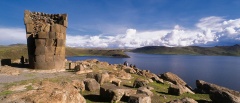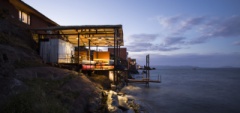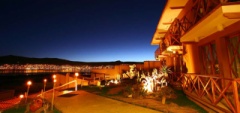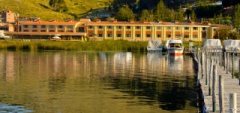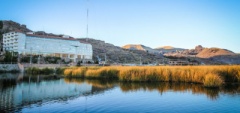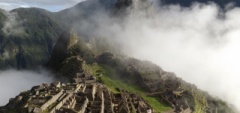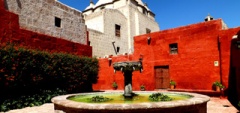Puno and Lake Titicaca
The highest navigable lake in the world...
Connecting the Incan folklore of Cusco and Machu Picchu with the actual tribal heritage of the floating tribes of Lake Titicaca is well worth considering and, while the transfer time to get down here is around 10 hours, it is one of the best, scenic train rides we have ever experienced and thoroughly enjoyable! Lake Titicaca, the highest navigable lake in the world at around 3,900m, is a true site to behold and it feels like you are ticking off one of those big ticket items by coming here.
The main entry point to the area is the town of Puno, which was once made wealthy by the nearby Laykakota silver mines and, today, is recognised as the capital of the High Andean Altiplano. Where once the town contained plenty of physical reminders of its illustrious history, today, it is used more as a basing point for visiting the famous floating reed islands of the Uros tribe.
Thought to have originated from the Oruro region in Bolivia, the tribesfolk are potentially thought to have developed their unique and hardy lifestyle in response to the incoming swathe of Inca conquerors in the 15th century. Today, many of the islands, constructed of reed and anchored to the lake’s bottom, have become tourist attractions and, as such, it can be argued, that their truly traditional way of life has become eroded in favour of appealing to the tourist dollar. This being said, of the 50 or so floating islands that are on the lake, there are only a handful that accept tourists and so there is every chance that the traditions of this peaceful and Indian looking peoples will continue on into the 21st century unchanged.


